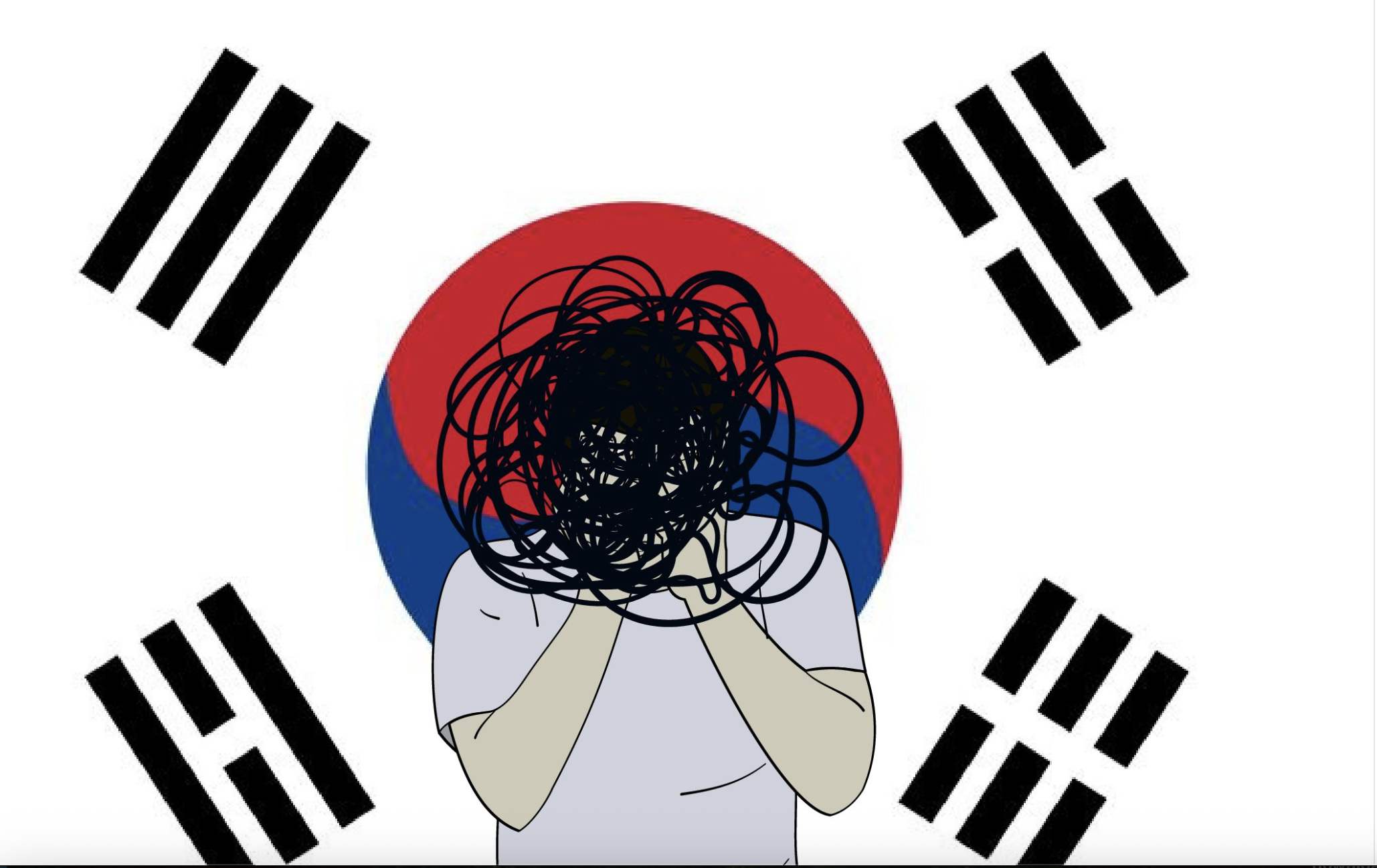Between Us
Mission:
Between Us is a digital storytelling project committed to breaking the silence around mental health in Korean communities. Through intimate interviews, intergenerational dialogue, and archival storytelling, we explore how vulnerability, silence, and identity shape the lives of Korean individuals and families. By centering personal narratives and shared truths, we seek to create a space where healing, understanding, and connection can take root—between generations, between cultures, and between us.
Click on the Stories page for interviews or keep scrolling to learn more.

Korean American adolescents often experience acculturative stress as they adjust to life in the U.S. This stress stems from a range of challenges, including language barriers, cultural differences, and the struggle to meet expectations at home and at school. Both adolescents and their parents recognize these pressures as shaping the emotional and social lives of Korean American youth.

Many Korean American adolescents feel caught between cultures when forming friendships. Cultural and language differences can lead to feelings of isolation, while efforts to connect with American peers may distance them from Korean friends. These tensions often leave youth with limited social options and contribute to emotional stress.

Being treated unfairly by teachers and classmates is a common experience for Korean American adolescents. Whether through racial teasing, being ignored, or facing unequal treatment in class, these moments reinforce feelings of difference and contribute to long-term emotional impacts, including lowered self-esteem.

Joe Conzo, Jr. photographs and ephemera, #8091. Division of Rare and Manuscript Collections, Cornell University Library.
Adolescents often feel intense pressure to excel academically in order to meet their parents’ high expectations. Many give up free time, hobbies, and social activities in pursuit of perfection. This pressure, while rooted in family hopes for success, can lead to anxiety, burnout, and strained family relationships.

In many Korean American families, emotions often remain unspoken. Parents and children sense each other’s stress, but cultural norms around emotional control discourage open expression. This silence can lead to misunderstandings, emotional distance, and worsening mental health on both sides. Conditions like Hwabyeong, a culturally rooted form of suppressed anger and stress, are common, yet often go unrecognized. Building open, everyday conversations—through shared activities or simply naming emotions—can help families move toward healing together.

Despite living under the same roof, many Korean American adolescents and their parents describe feeling distant from one another. Communication is often limited by language barriers and cultural norms that discourage open emotional expression. Both sides express a desire to be closer, but many feel unsure how to bridge the gap.